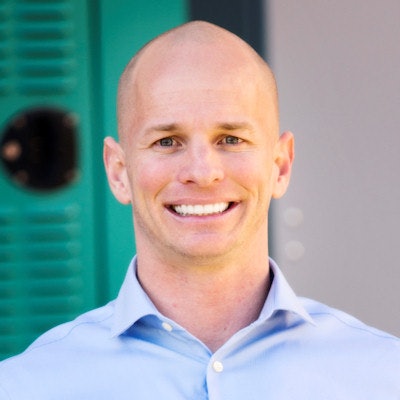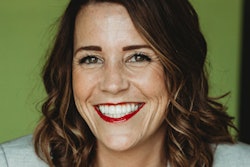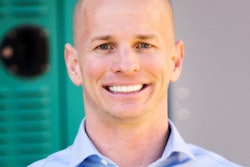
No matter what your favorite spectator sport, athletes understand a powerful principle that most dentists and dental practice owners don't.
To illustrate, picture your favorite football team driving toward the end zone for the winning touchdown. What is the team focused on? Scoring, right? To win, they have to score. Seems obvious.
 Curtis Marshall is the director of partner operations for Dental Intelligence.
Curtis Marshall is the director of partner operations for Dental Intelligence.But, in fact, in most instances, the team players aren't focused in the moment on scoring. Instead, they are trying to move incrementally down the field -- one first down at a time until they reach the larger goal of a touchdown and subsequent victory. Is there a difference here? Absolutely.
In the mind of a typical dental practice owner, goals are about the big picture, such as $100,000 in monthly production, 50 new patients each month, or $100,000 in collections. These are great goals, and any practice focused on these or other similar objectives is on the right track. But are these so-called first-down goals? Not really.
Just as a football team must focus on incremental advancement, a thriving dental practice is better served by focusing on the immediate objective, the first down, the one activity that they can control at the moment. Victory will be a consequence of focusing on what you are doing at the moment. Translated, this means you're better off focusing on success right now, not on the ultimate outcome. Scoring isn't as important as what you need to do next to advance the ball.
Is there such a thing as a first-down focus for a dental practice? Yes. It's about increasing profitability. Here are the four things that determine how profitable your practice is, based on the Dental Intelligence profitability formula:
- More visits
- More production per visit
- Higher collection percentage
- Ensuring overhead is where it should be
Visits
Let's focus on the first down of visits. How do you get more people in the door? Your practice either adds new patients or brings existing patients back. How many patients have you seen that don't have a next scheduled appointment?
“Focus on what's next, not on who's winning.”
Most dentists in our experience are shocked when they see how many of their active patients don't have a next scheduled appointment. As you consider how to reach out to these patients, keep in mind there are two different conversations you'll have, depending on the following difference: patients you've seen in the last 18 months, and patients you haven't seen in more than 18 months.
For patients seen in the last 18 months, the message is simple: "We missed getting you back on the schedule, and we're calling to fix that. We need to get you in for a checkup, treatment, etc."
For those longer than 18 months, the conversation has a different focus: "Is everything OK? You haven't been in for a while. Do you have a new dentist? We're calling to make sure you're being taken care of. Have you received treatment for that [broken tooth, bleeding gums, etc.]?"
The objective is to get them back in with a benefit, such as a healthier mouth, relieving pain, or other similar treatment. Do you know how many patients left yesterday without an appointment, or how many canceled or broken appointments and didn't reschedule? This is your first down.
We recently spoke to a practice owner who began 2018 with 1,000 active patients. At the end of the year, the practice had 1,050 active patients. It added 50 new patients in the last year. Definitely something to celebrate, right?
However, imagine this doctor's concern when we showed him that in 2018 he actually had 600 new patients in his practice but only retained 50 of them. Not quite as exciting. The good news for this owner, and for your practice as well, is that this first-down problem can be fixed. By focusing on rescheduling active patients and also ensuring that more patients leave your practice with a scheduled returning appointment, the likelihood of keeping many more of these new patients, as well as existing ones, is much, much higher.
Just like every sports team, each dental practice is different, with unique strengths and weaknesses. There isn't a set of plays that will work the same for every team. But you know your team, and what you are good at and not yet good at. Identify what your first downs are, the objectives you need to focus on right now, and work together to move the ball down the field. Don't just focus on the scoreboard and the ultimate outcome. Take incremental, strategic steps toward your goal.
Curtis Marshall is the director of partner operations for Dental Intelligence.
The comments and observations expressed herein do not necessarily reflect the opinions of DrBicuspid.com, nor should they be construed as an endorsement or admonishment of any particular idea, vendor, or organization.



















